Lisbon: Exploring the City of Explorers
All great cities have a legend or two. Some weave their marketing motif around them. Mythical figures and tall tales are claimed and even fought over when it comes to setting one centre of civilisation apart from another. Such is the case with Lisbon.
Though Lisbon is a pivotal port of such vast, impressive documented history that it hardly needs the added sheen, it is quite prepared to toss into its tourist-teasing mix the story of how the Greek hero Ulysses founded the city on his way home from Troy.
While that can be taken with as many grains of salt as one wishes, it does seem certain that around 1200 B.C., the Phoenicians established a trading post on the site — there on the left bank of the Tagus River, just inside the rugged Atlantic coast of the Iberian Peninsula — and it is certain that the Romans came by in 205 B.C. and installed Julius Caesar as governor, 60 years before Christ.
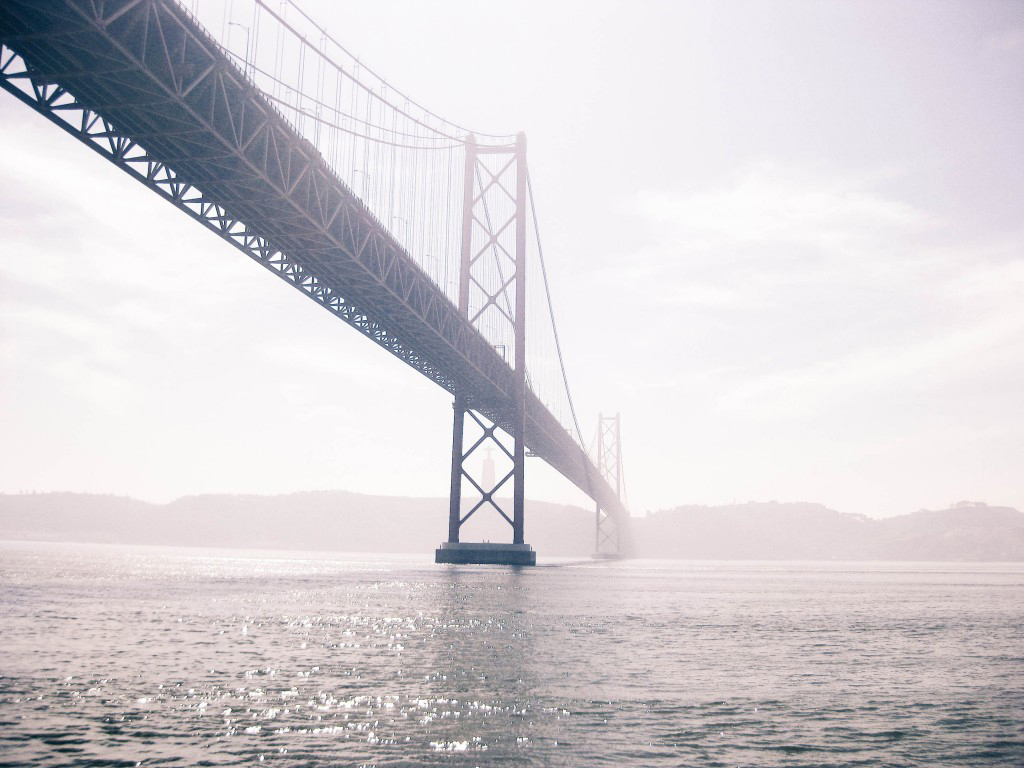
It must have been a pleasing posting; it still would be. The city is bright and white, sparkling in a sun that never seems to be absent. It boasts springtime temperatures during the winter and cool summers invigorated by Atlantic breezes. The food is rich and plentiful, the architecture stirring and enveloping, the panoramas broad and breathtaking. With the intertwining of old and new realms has come another realm again, appealing as it is unique, as inexpensive as it is intriguing.
Claiming over 20 centuries of history, Lisbon has been Portugal’s formal capital since its conquest from the Moors in 1147. Some see it as the first true world city, the centre point of an empire spreading across continents and sub-continents. All the western European nations amassed colonies, but the Portuguese Empire was the first, longest-lasting and perhaps most diverse. After its flag was flown at Ceuta on the North African coast in 1415, this small nation took its language, culture and cuisine to Mozambique, Angola, Guinea-Bissau, the Azores, Goa, Brazil, Macau and East Timor.
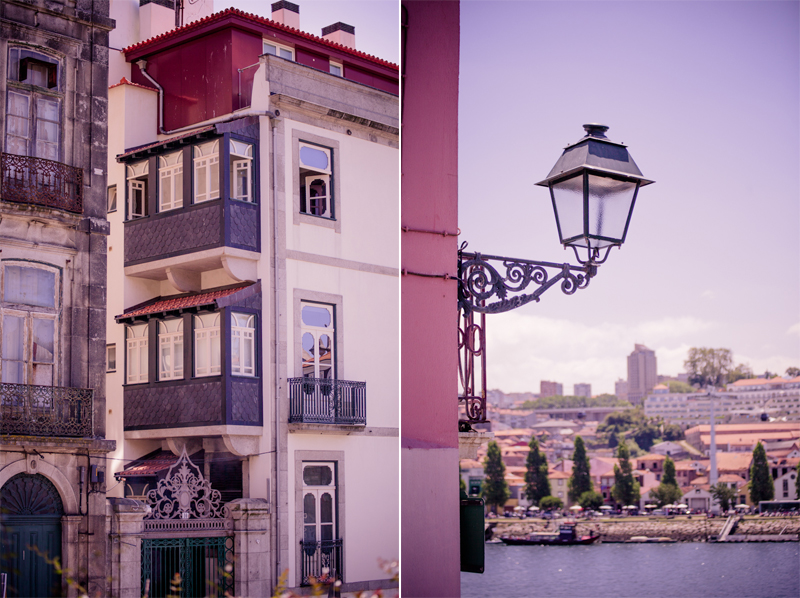
That it was recognised, even by its adversaries, as the ‘City of Explorers’ was due to Prince Henrique the Navigator, who established a navigation school at Sagres. This made possible Vasco da Gama’s epic journey to India, fulfilling the medieval dream of a direct trade route to the riches of the Orient, and initiating other adventures of discovery by Bartholomew Dias and Ferdinand Magellan (sailing for the Spanish crown). Lisbon was a crossroads of the universe, a magnet for wayfarers. In 1477, Christopher Columbus was in residence, working as a cartographer with his brother and studying geography before taking up sea-borne commissions to the North Atlantic and Africa.
Since 1960, on the riverbank in the Avenida de Brasilia in the district of Belem — where the Tagus meets the sea and the mighty ships first set off to lay claim to the New World 500 years before — the Portuguese Age of Discovery has been marked by the imposing Monument to the Discoveries. It’s a good place to start one’s own expedition, given its proximity to the Tower of Belem, a UNESCO World Heritage Site that could well be the city’s most photographed edifice. Built in the 16th century to serve as a fortress in the middle of the River Tagus, its outer walls are adorned with stone-carved rope and openwork balconies, as well as Moorish watchtowers and shield-shaped battlements.
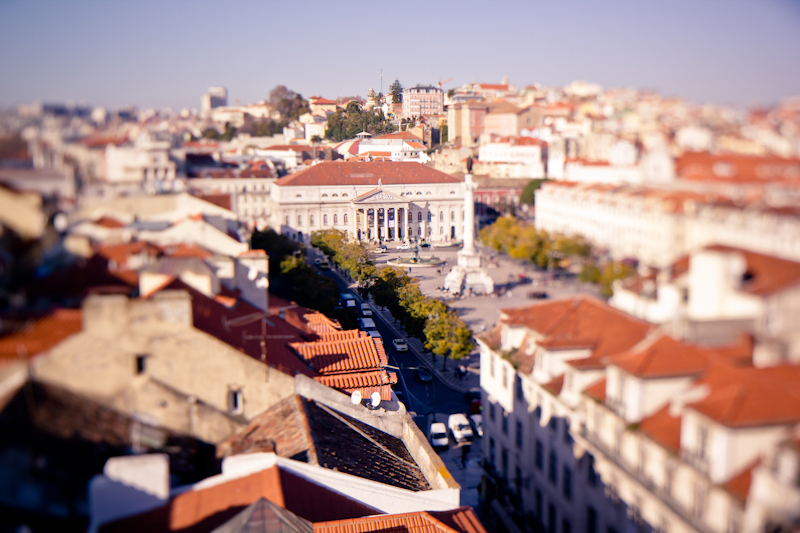
Draped like Rome around seven hills, Lisbon is a walking city. This not only gives ready access to the restaurants, taverns and markets; the churches and cobblestone alleyways: it ensures that one can fully appreciate the mosaic pavements, tiled facades, wrought-iron balconies, tall houses, and churches for which the city is famed, and take full advantage of the strategically-positioned miradouros (viewpoints) that seem to present panoramas at every turn.
Of course, it helps to know where to walk and where to start: which of those seven hills. It could be the highest of them, the one crowned by the moated Castelo de Sao Jorge: guarding the Tagus, it was a fortress from the 5th century and came into its own during the Moorish occupation of the 10th, when it was the ancient seat of the Saracens. There, visitors can walk esplanades, climb ramparts, and eventually return down over the spread of the medieval Alfama district, the city’s most ancient quarter.
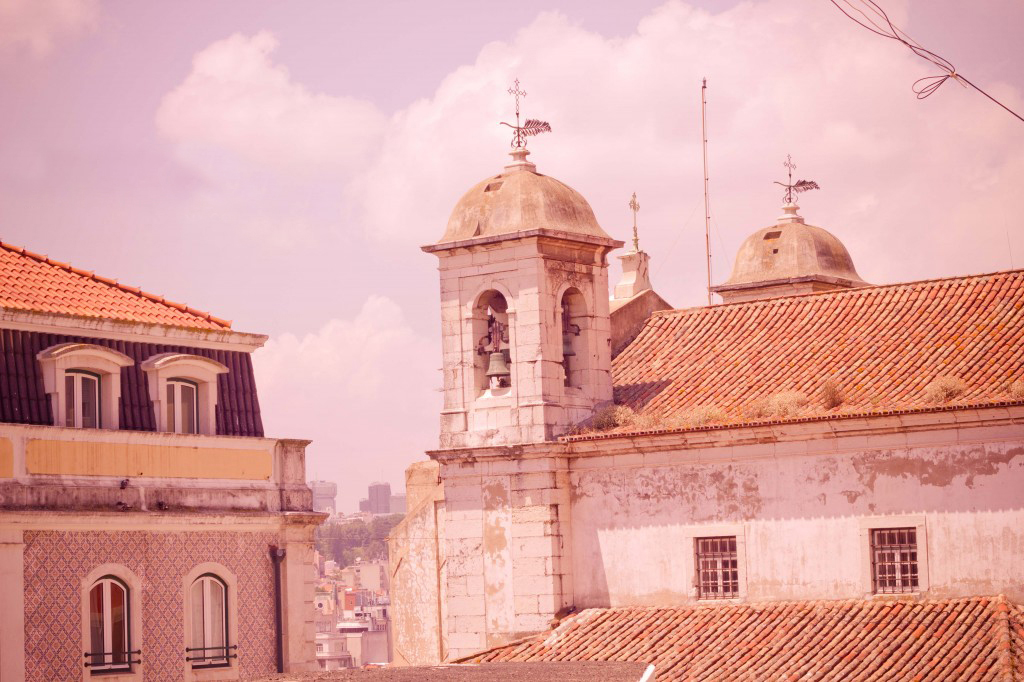
Here, many buildings display fading coats of arms bearing testimony to the fact that what would become (and in some cases still is) the home of stevedores, traders and sailors was once a most aristocratic quarter. Having largely survived the massive earthquake of 1755, it is true to its original layout. Adjacent to it, on the western and northern slopes, are the nearly-as-old districts of Castelo and Mouraria.
But perhaps the starting point should be Lapa das Mouras — the Moorish Rock — in Barrio da Lapa, the exclusive western quarter of the city (a 20 minute walk from downtown). Long the residential district of choice for nobility, foreign diplomats and the significantly wealthy, it is said to exemplify — with its shading trees, thick gardens and grand buildings (many now embassies) — the 19th century Portuguese concept of ‘calming luxury’. This is no more apparent anywhere than in the opulent Olissippo Lapa Palace Hotel, formerly a lavish private house built in 1870 and transformed into a palace 13 years later by the Count of Valenças.
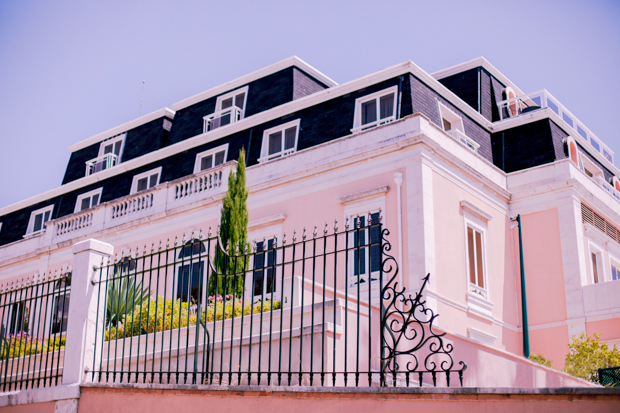
And what a palace it was. Rafael Bordalo Pinheiro, one of the greatest Portuguese ceramists of the 19th century, created pieces of furniture and tiles. Columbano, the celebrated ‘painter of broken souls’, applied his art to the walls and ceilings. There was a ballroom, a Louis XV room (used as a ladies’ boudoir), a Noble Floor, river view towers and all manner of splendour. A family home until 1992, it was turned into a hotel six years later. Lapa Palace, celebrated by a raft of reviewers, has also become accustomed to lavish praise. It hosts concerts by the Metropolitan Orchestra of Lisbon, and the Ballet School of Lisbon uses its health club as a workout home, sharing the facilities with a steady stream of guests of renown.
From Barrio da Lapa it is a quick cab ride down to the main squares, the imposing statues, the seafront, the theatres, the tramcars tackling impossibly steep rises, and the Barrio da Alto — the Upper City. Reached from the lower city by the Santa Justa Elevator (sort of a mini Eiffel Tower), this historic enclave dating back to 1513 really comes into its own at night, when visitors come to streets lit by Victorian lamps to frequent the fado cafés, celebrating a music and dance form of lament and despair not unlike the blues, introduced to Portugal by 19th century African slaves.
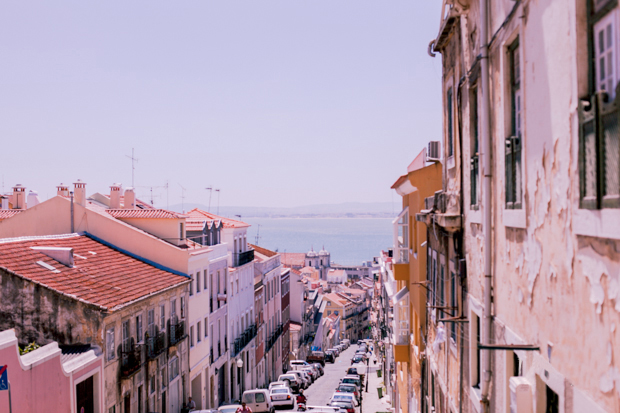
There is so much packed in to Lisbon, so much reward for investigation, that it seems almost greedy to want more. Yet, foolish be the visitor who chooses not to take the brief bus or train ride to Sintra, billed as a riot of 14th century palaces and 19th century pastel-coloured whimsical architecture. The poet Lord Byron described it as a “glorious Eden… perhaps the most delightful spot in Europe,” and his view is shared by UNESCO, which has bestowed further World Heritage status. A day spent negotiating the labyrinthine streets and steps, poking about the palaces and examining the art, is one exceedingly well spent.
The Serra de Sintra is a 10 kilometre-long granite outcrop thrusting upward between a vast plain to the north and the Tagus estuary to the south. This twisting mini mountain range projects into the Atlantic Ocean as the Cabo da Roca headland — continental Europe’s westernmost point. Anciently associated with astral cults — evidence of which is seen in archaeology and myriad monuments — it came to be known as Mons Lanae (Hills of the Moon), though thanks to a micro-climate all its own, it has always been draped in dense, verdant vegetation.
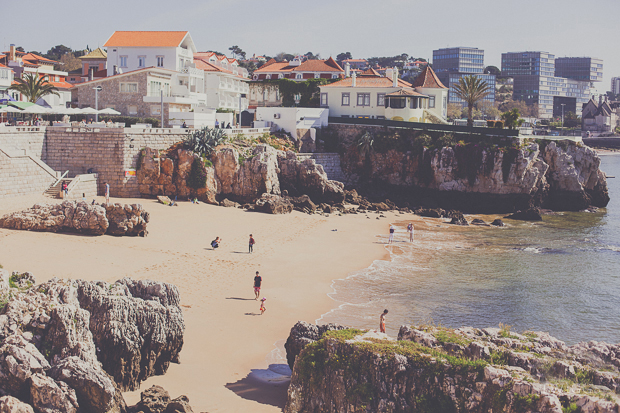
A swift sweep down the coast to Cascais, Estoril and Guincho brings us to a stylish summer resort zone of sea-swept seafood restaurants, flash resort hotels, nightclubs and discotheques intertwined with historical churches, hermitages, fortresses and a sea museum. Here are the hotels and bars — some still intact — where Nazi and Allied spies swapped secrets during the Second World War; the places where those desperate souls prepared to do anything to obtain travel documents in Casablanca dreamed of finding themselves. For today’s visitors, there is perhaps greater interest in seeking out the shop, on the way to Cascais, where the Portuguese Tart was first baked. From Greek and Roman legend to colonial adventure and modern history, Lisbon offers much to the contemporary explorer.

